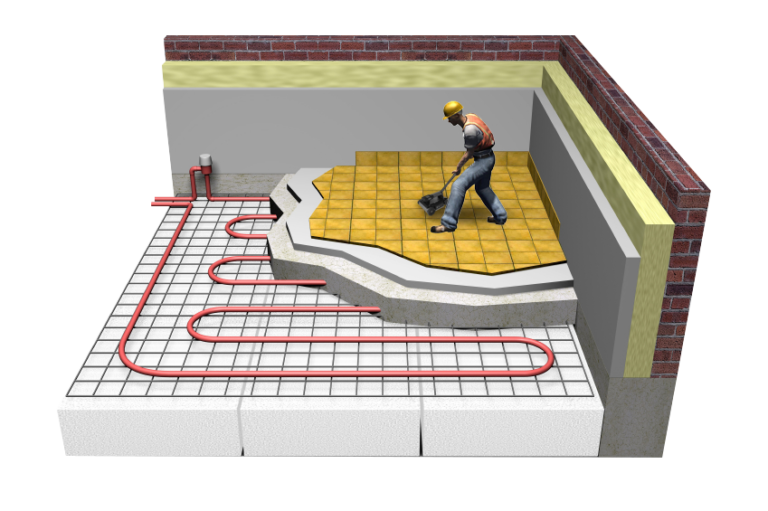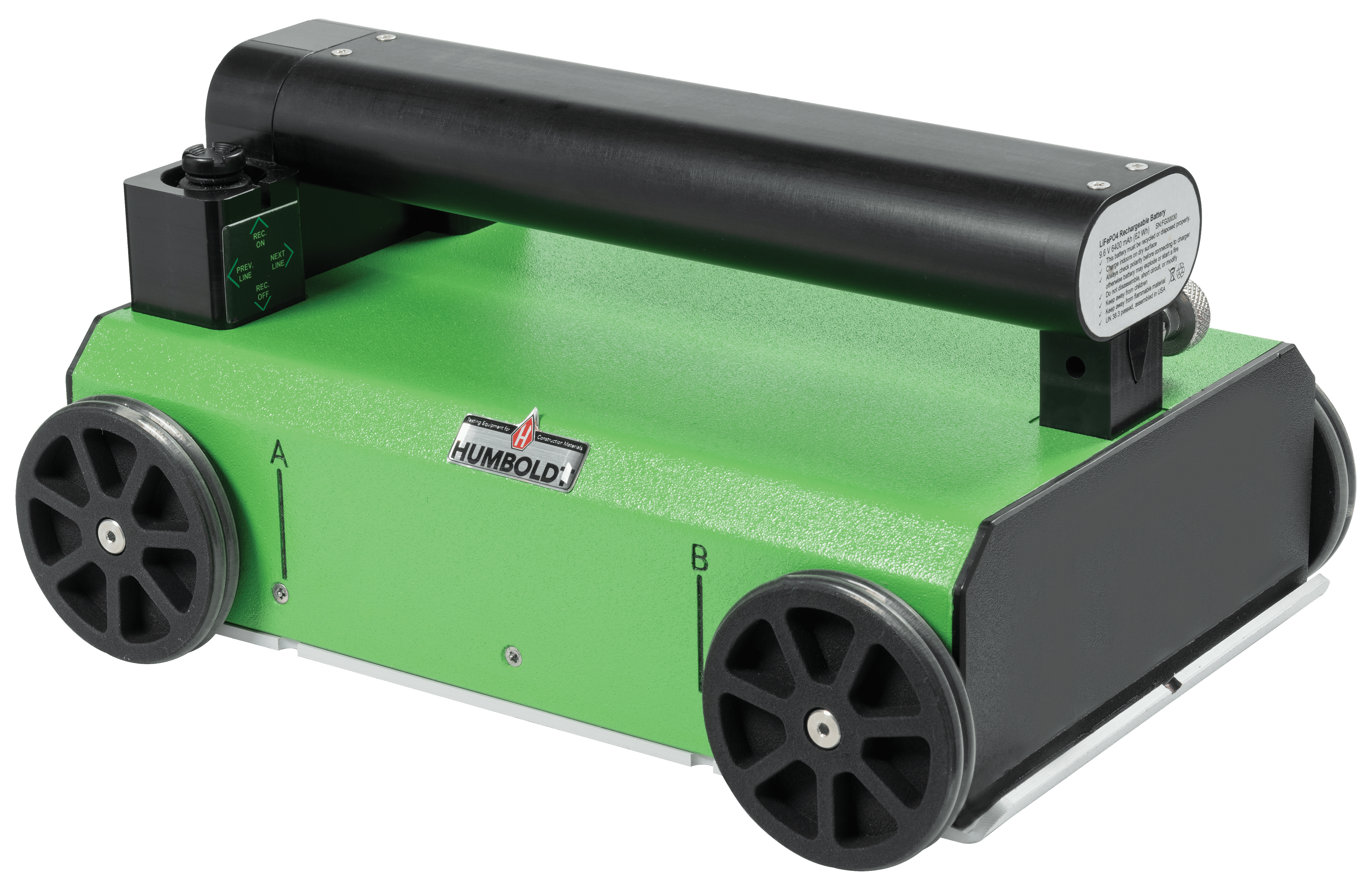Enhancing Job Planning and Implementation Via Advanced Concrete Scanning Techniques
In the world of project preparation and execution, foresight and precision are vital aspects that can make the distinction in between success and obstacles. Advanced concrete scanning strategies have actually emerged as an advanced tool established to elevate the criteria of job administration within the building and construction sector.
Benefits of Advanced Concrete Scanning Techniques

Improved Precision in Task Evaluations
Enhancing job assessments via innovative concrete scanning techniques considerably improves the precision and reliability of building evaluations. By utilizing cutting-edge scanning innovations such as ground-penetrating radar (GPR) and 3D imaging, task teams can now get thorough understandings into the condition of concrete structures, identifying possible imperfections or weaknesses that might not show up to the nude eye. This enhanced level of precision in project evaluations allows construction specialists to make more educated choices pertaining to repair service and maintenance techniques, leading to boosted general job results.
Moreover, the raised precision in project evaluations attained via innovative concrete scanning techniques aids in decreasing the danger of unforeseen issues throughout the building and construction stage. By proactively discovering surprise abnormalities within concrete structures, such as rebar rust or spaces, task groups can resolve these issues beforehand, preventing expensive hold-ups and rework later on in the job lifecycle. Eventually, the improved precision in task evaluations assisted in by advanced concrete scanning methods adds to higher efficiency, cost-effectiveness, and quality in building and construction projects.
Early Recognition of Structural Challenges
Early discovery of architectural challenges plays an important function in making sure the stability and security of concrete structures throughout the building and construction process. Identifying potential issues at an onset enables timely treatment, avoiding expensive rework, timetable hold-ups, and safety and security dangers. Advanced concrete scanning techniques, such as ground-penetrating radar (GPR) and 3D imaging, enable job groups to discover surprise problems, gaps, support design discrepancies, and other anomalies that can jeopardize the framework's stability.
By carrying out these techniques throughout the planning and implementation stages, building and construction specialists can great post to read proactively resolve architectural difficulties prior to they intensify into significant problems. For example, detecting poor concrete cover over reinforcement bars beforehand can protect against rust and architectural weakening over time - RainierGPR Service Areas. In addition, identifying variations in concrete density or density can help optimize product use and make certain uniform strength properties across the framework

Eventually, very early recognition of architectural obstacles with advanced concrete scanning not only boosts the total quality and sturdiness of the building and construction yet additionally contributes to a safer constructed setting for users and residents.
Improved Security Steps in Building
The execution of robust safety procedures is important in the building industry to alleviate risks and secure the wellness of workers and stakeholders. Construction sites are naturally unsafe settings, with prospective dangers varying from drops and equipment breakdowns to architectural failures. To improve safety procedures, building firms are increasingly adopting technical improvements such as wearable devices that check employees' essential indications and spot possible wellness problems in real-time. In addition, using drones for website security permits for routine safety evaluations without placing personnel in damage's method. Safety and security training programs have additionally evolved to include digital fact simulations that offer hands-on experience in Check Out Your URL managing emergency circumstances. In addition, the integration of artificial knowledge in safety administration systems enables aggressive recognition of prospective dangers, permitting timely treatments. By prioritizing safety and security through the unification of advanced technologies and comprehensive training programs, building and construction tasks can substantially decrease accidents and produce a protected workplace for all involved - RainierGPR Service Areas.
Streamlining Task Monitoring Processes
To maximize operational performance and ensure job success in the building industry, a concentrate on improving job administration procedures is necessary. By carrying out reliable task management procedures, building and construction projects can lessen delays, minimize costs, and boost total performance. One key element of simplifying task monitoring is using advanced innovations such as Structure Details Modeling (BIM) software program, which makes it possible for real-time collaboration, clash discovery, and exact project scheduling. In addition, the fostering of cloud-based task management platforms permits for seamless communication amongst employee, immediate accessibility to task data, and the ability to track development in real-time.

Conclusion
Finally, the usage of innovative concrete scanning techniques provides many advantages for job preparation and implementation. These strategies supply improved accuracy in task evaluations, early recognition of architectural obstacles, boosted precaution in building and construction, and structured job management procedures. Integrating these approaches into task process can eventually lead to extra efficient and effective end results in construction jobs.
Inevitably, the improved precision in project evaluations assisted in by innovative concrete scanning strategies contributes to higher performance, cost-effectiveness, and quality in more helpful hints building tasks. RainierGPR Service Areas.
To enhance operational efficiency and make certain job success in the construction market, an emphasis on simplifying task management procedures is essential. By executing effective job monitoring processes, building projects can reduce delays, decrease prices, and enhance general efficiency. By enhancing project administration processes with technology assimilation, clear communication, and data-driven techniques, construction projects can accomplish greater performance, cost-effectiveness, and effective outcomes.
These strategies give improved accuracy in job evaluations, early identification of structural obstacles, boosted security steps in construction, and streamlined job administration processes.